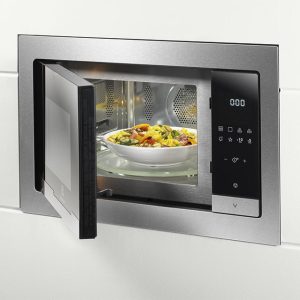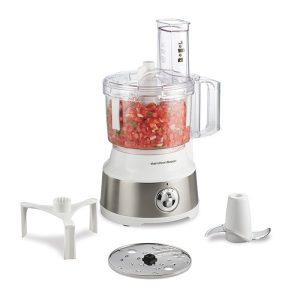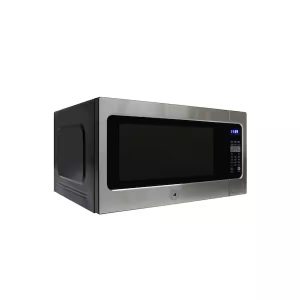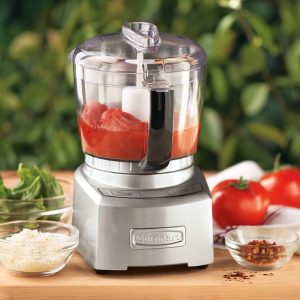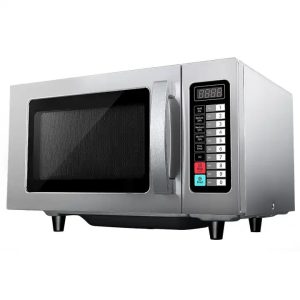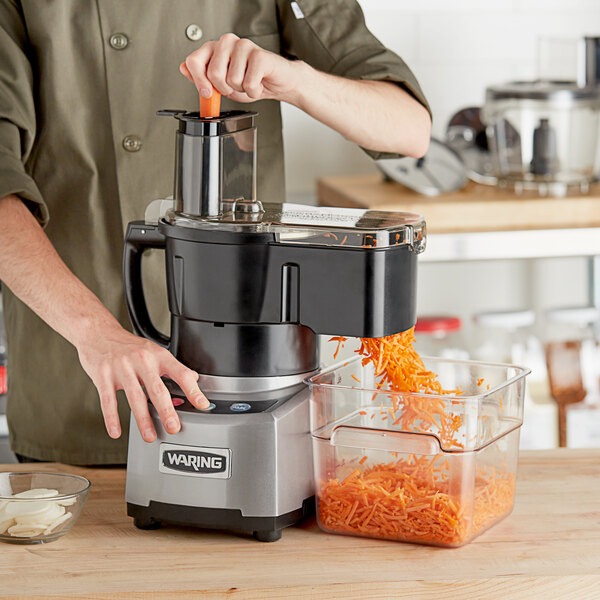
The Basics of Choosing a Food Processor
Using a food processor can be a daunting task. It’s a versatile kitchen tool that can revolutionize the way you cook. Whether you are a seasoned chef or just starting to explore the kitchen, understanding the basics is crucial for using a food processor effectively.
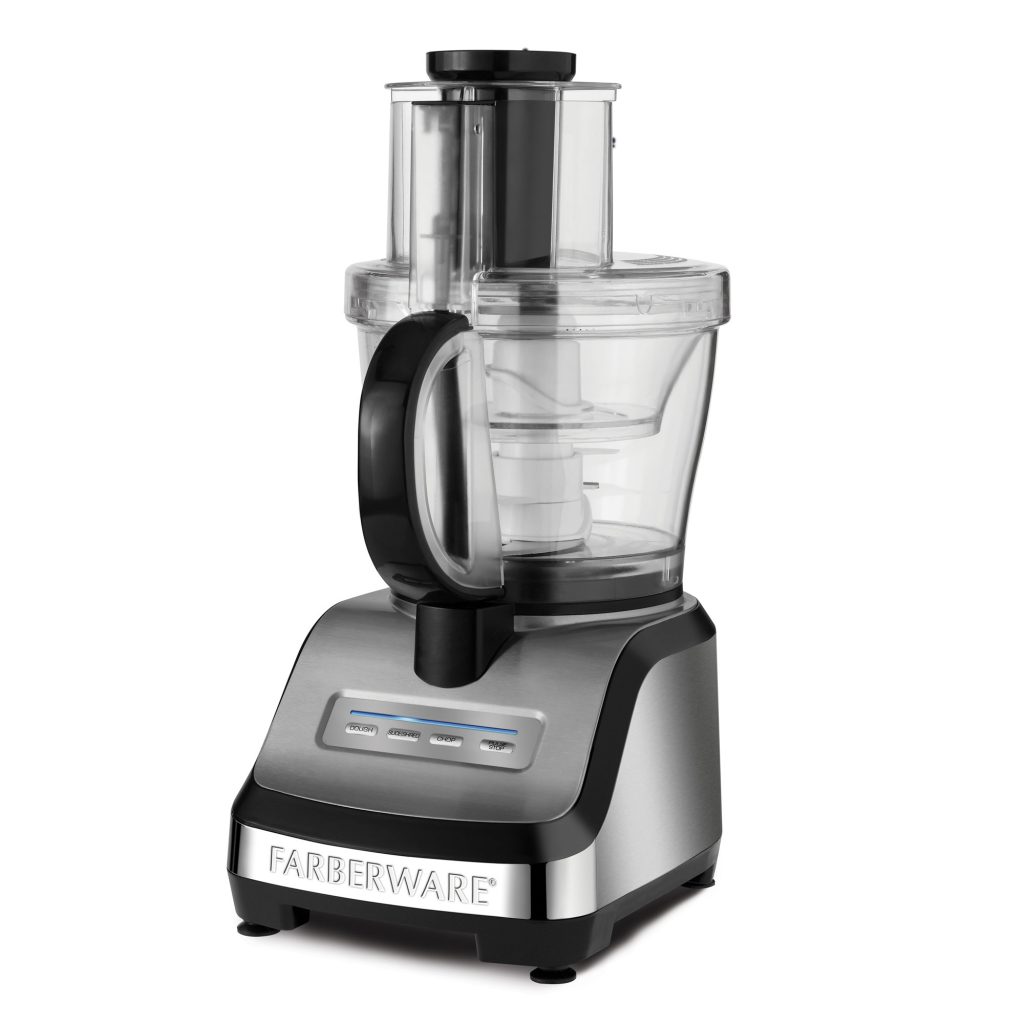
Types of Food Processors and Their Uses
Found in nearly every well-equipped kitchen, food processors come in various sizes and designs. The most common types are full-size food processors, which are great for handling large quantities of food, and mini food processors, suited for small tasks like chopping herbs or nuts. Some models offer special attachments for tasks like juicing or dough making, expanding their utility further.
Key Features to Look for When Buying a Food Processor
As you decide on a food processor, pay attention to certain features that can make or break your cooking experience. Always consider the motor power—more watts mean more power for tougher tasks like kneading dough or grinding meat. A pulse button is also essential for better control over the chopping process, allowing you to achieve the desired consistency. Look for models with a feeding tube large enough for your needs; this saves time on pre-cutting ingredients.
Setting Up Your Food Processor
Once you’ve chosen your ideal kitchen companion, setting up your food processor properly is vital. Proper assembly not only ensures optimal performance but also keeps you safe while using a food processor.
Assembly and Safety Tips
To start, always read the manufacturer’s manual before assembling your food processor. Match up all parts as directed, usually starting with the base and working your way up. Make sure the bowl locks securely onto the base and the lid snaps tightly in place. Blade handling is critical; always hold them by the non-cutting edges to prevent injuries.
For safety, never plug in the food processor until it’s fully assembled. Use the pusher tool to feed ingredients into the appliance, which keeps your fingers away from the blades. Don’t overfill the container; this could cause spillage or affect the motor’s efficiency. If your model has suction cups on the base, ensure they are firmly stuck to the counter to prevent any movement during operation.
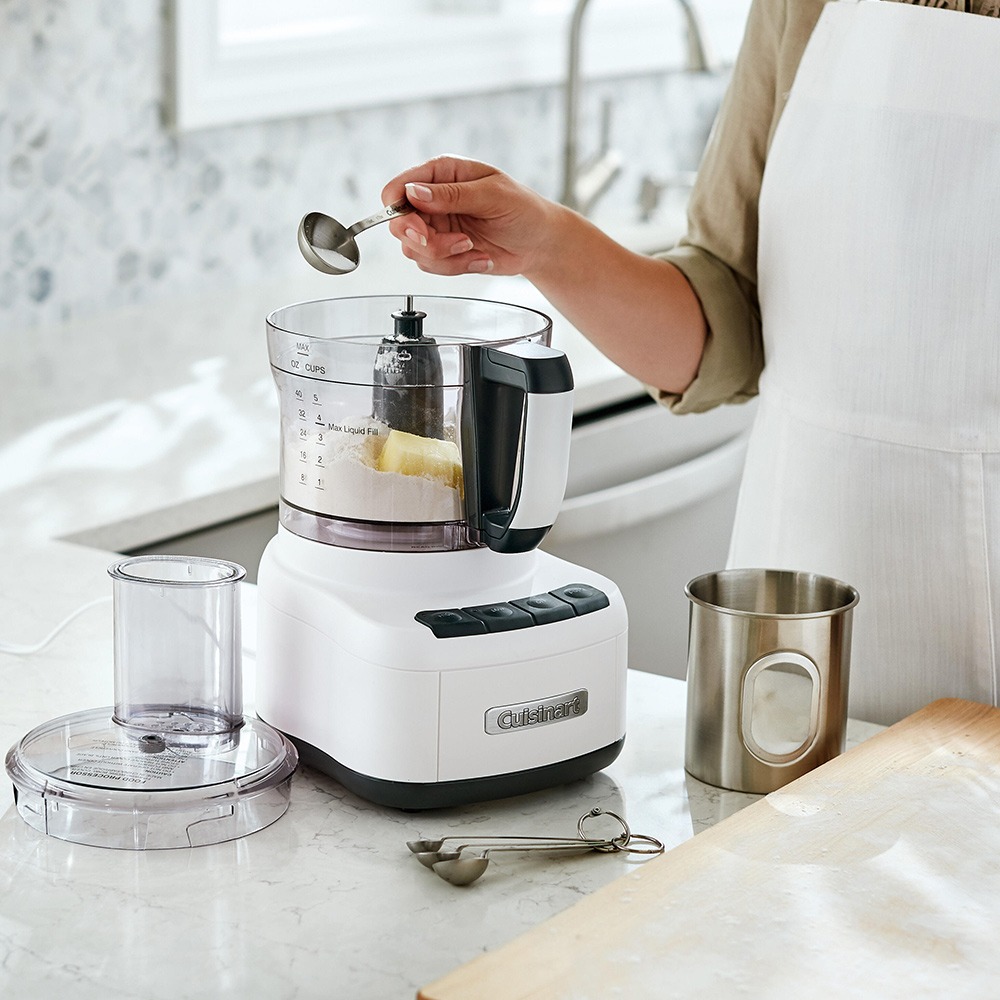
Maintenance and Cleaning Guidelines
To maintain your food processor, clean it after each use. Start by unplugging it, then disassemble the components. Most food processors come with dishwasher-safe parts – check your manual to be sure. For parts that aren’t, wash them in warm, soapy water and dry thoroughly before reassembling.
Every few uses, inspect the blades and discs for dullness or damage. Sharp blades are essential for effective operation. If you notice any wear, replace them to maintain performance. Wipe down the motor base with a damp cloth as needed, but ensure no water seeps into the unit.
Essential Food Processor Skills
Chopping, Slicing, and Grating Techniques
Using a food processor can turn tedious chopping tasks into a breeze. To chop veggies, use the pulse feature to control the size of the pieces. For uniform slices, choose the slicing disc. Apply even pressure when pushing food through the feeding tube. This ensures slices are the same thickness. When grating cheese or vegetables, use the grating disc. Feed the ingredients steadily to avoid clogging. Remember to use the food pusher for safety and consistent results.
Kneading Dough and Making Pastes
A food processor can also knead dough quickly. Add dry ingredients first, then pour in liquids while the machine runs. Use the dough blade for best results. This mixes ingredients without overworking the dough. For making pastes, such as tomato paste or curry paste, a steady stream of oil helps blend ingredients smoothly. Use the regular blade and pulse until you reach the desired consistency. Making pastes in a food processor retains flavors better and saves time.
Creative Culinary Applications
Once you’ve mastered the essentials of using a food processor, you can venture into more advanced, creative culinary uses. This versatile kitchen tool opens a world of possibilities, transforming everyday ingredients into gourmet creations.
Emulsifying Dressings and Sauces
Creating emulsified dressings and sauces is simple with a food processor. Start by adding your base ingredients—like vinegar and mustard for a vinaigrette. With the motor running, slowly pour in oil to achieve a thick, creamy texture. This process creates stable emulsions that won’t separate quickly, perfect for salads and marinades.
Homemade Nut Butters and Alternative Flours
Nut butters are more versatile when you make them at home. Process nuts until they release their oils and become smooth. For alternative flours, pulse oats or dried chickpeas to the right texture. These homemade staples allow for fresher flavors and added control over the ingredients, suiting diverse dietary needs.
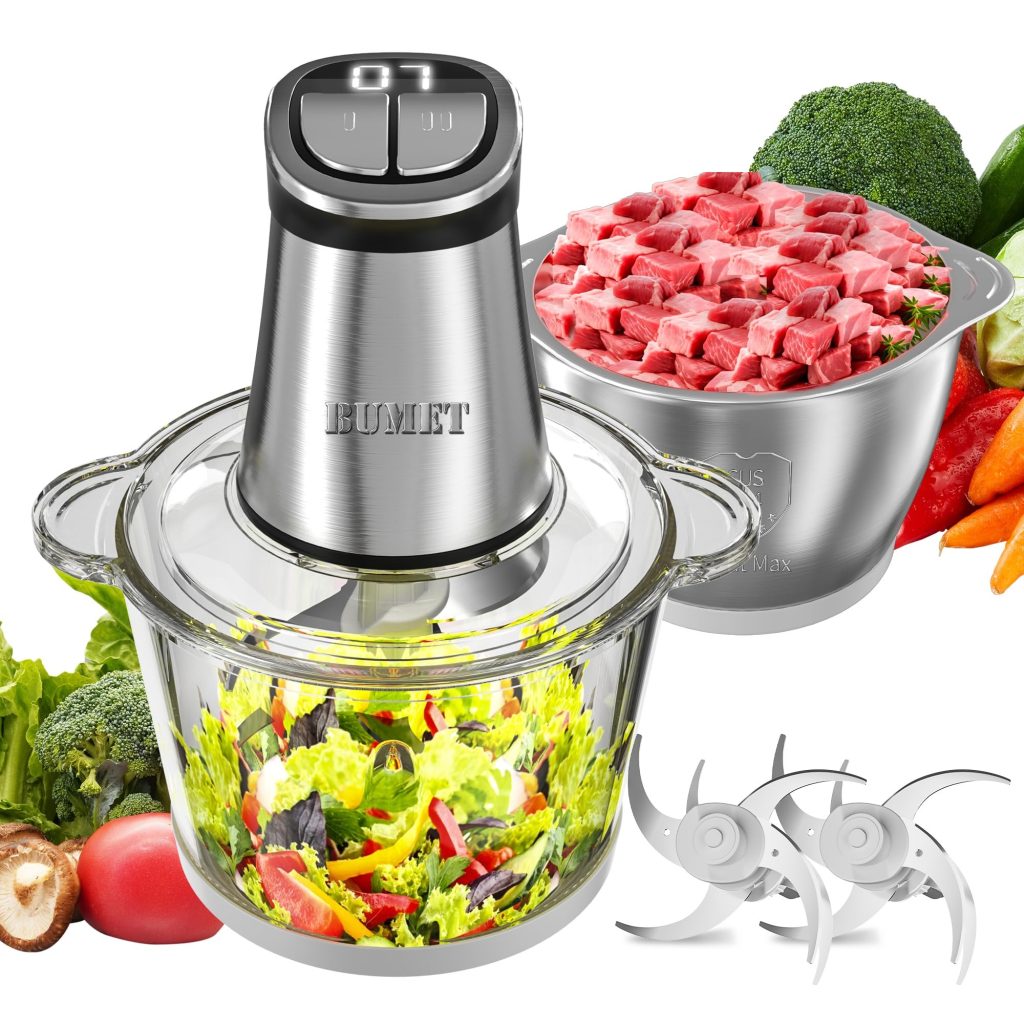
Advanced Food Processor Techniques
With basic skills mastered, it’s time to dive into advanced food processor techniques. These will elevate your cooking and impress even the most critical palates.
Creating Gourmet Dips and Spreads
Using a food processor, you can create complex dips and spreads that go beyond the ordinary. For hummus, blend chickpeas with garlic, tahini, and lemon juice until smooth. Add roasted peppers or olives for a twist. For a gourmet cheese spread, mix your favorite soft cheeses with herbs and spices until you reach a creamy consistency.
Preparing Vegetarian and Vegan Dishes
Vegetarian and vegan dishes benefit greatly from the versatility of a food processor. Chop veggies for a veggie burger mix, pulse until coarsely ground, then shape into patties. Cashews can be processed into a vegan cheese sauce with the addition of nutritional yeast and seasonings. A food processores allows you to create these dishes swiftly, maintaining a high standard of texture and flavor while supporting diverse dietary preferences.
A Guide to Sugar-free and Gluten-free Recipes
For those with dietary restrictions, using a food processor makes preparing sugar-free and gluten-free recipes much simpler. Make date paste as a natural sweetener by processing pitted dates until they form a creamy paste. For a gluten-free flour alternative, grind oats or almonds until fine. These techniques ensure that dietary needs are met without compromising on taste or quality.
Time-Saving Tips and Tricks
When it comes to using a food processor, saving time is a key benefit. With the right techniques, you can streamline your cooking process and save hours in the kitchen. Embrace these time-saving tips and tricks to make using a food processor even more efficient.
Batch Preparation and Storage Advice
Batch preparation is your friend when using a food processores. Use your device to chop, slice, or grate large amounts of ingredients at once. Store them in air-tight containers in the fridge or freezer. This way, you have prepped ingredients ready for quick meals throughout the week.
Troubleshooting Common Food Processor Issues
Dealing with issues in using a food processores may seem challenging at first. Here are some troubleshooting tips to keep your device running smoothly.
How to Solve Operational Problems
When encountering operational problems, the first step is to check the power source. Ensure the food processor is properly plugged in and the outlet is functional. Next, verify that the bowl and lid are locked securely in place; most food processors have safety mechanisms that prevent operation if assembled incorrectly. If the motor sounds strained, check if the food chamber is overfilled and reduce the quantity if necessary. Clean the blades and check for blunt edges; dull blades can affect performance. For any unusual noises or smells, immediately turn off the device and consult the manual or customer service for potential solutions.
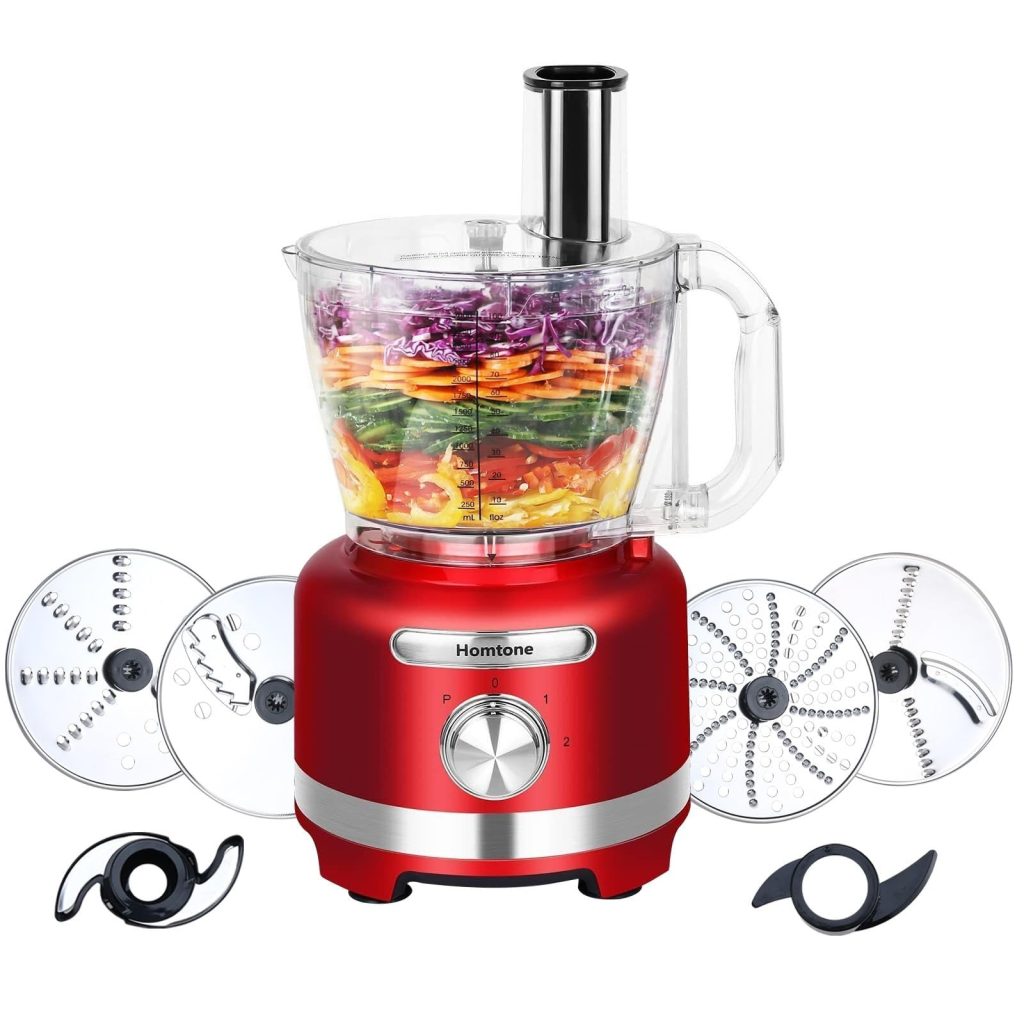
When to Consider Repair or Replacement
Consider repair or replacement when your food processores consistently underperforms or breaks down. If it’s within the warranty period, reach out to the manufacturer for repair options. Beyond warranty, compare the cost of repairs to purchasing a new unit; sometimes, buying a new food processor might be more cost-effective. An outdated or frequently malfunctioning food processor can be more frustrating than helpful in the kitchen.
